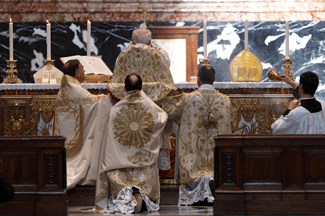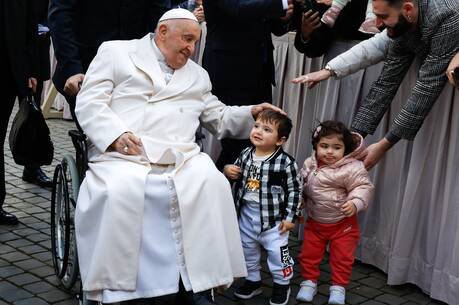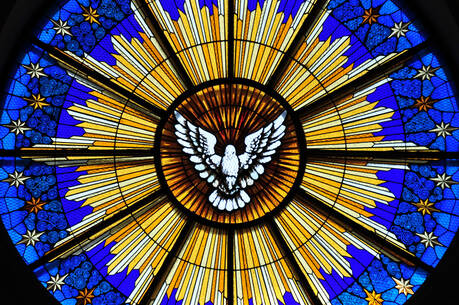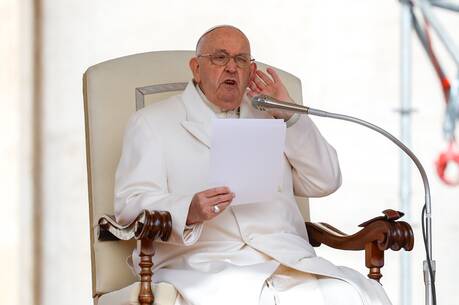Pope Benedict XVI’s easing of restrictions on use of the 1962 Roman Missal, sometimes called the Tridentine rite, is just the first step in a “reform of the reform” in liturgy, the Vatican’s top ecumenist said. The pope’s long-term aim is not simply to allow the old and new rites to coexist but to move toward a “common rite” that is shaped by the mutual enrichment of the two Mass forms, Cardinal Kurt Koch, president of the Pontifical Council for Promoting Christian Unity, said on May 14.
In effect, the pope is launching a new liturgical reform movement, the cardinal said. Those who resist it, including “rigid” progressives, mistakenly view the Second Vatican Council as a rupture with the church’s liturgical tradition, he said.
Anthony Ruff, O.S.B., expressed surprise at the cardinal’s suggestion that more liturgical changes were forthcoming. Father Ruff teaches liturgy, liturgical music and Gregorian chant at St. John’s University School of Theology-Seminary in Collegeville, Minn., and is a primary contributor to the popular Pray/Tell blog. “It is quite astounding,” he said, “to hear explicitly of the intention to undo the liturgical reforms since Vatican II and redo them in some more traditional manner, although we don’t know yet what that means concretely. This gives liturgists much to think about and worry about.”
Cardinal Koch made his remarks at a conference in Rome on “Summorum Pontificum,” Pope Benedict’s apostolic letter of 2007 that offered wider latitude for use of the Tridentine rite. Cardinal Koch said Pope Benedict thinks the post-Vatican II liturgical changes have brought “many positive fruits” but also problems, including a focus on purely practical matters and a neglect of the paschal mystery in the eucharistic celebration. The cardinal said it was legitimate to ask whether liturgical innovators had deliberately gone beyond the council’s stated intentions.
He said this explains why Pope Benedict has introduced a new reform movement, beginning with “Summorum Pontificum.” The aim, he said, is to revisit Vatican II’s teachings in liturgy and strengthen certain elements, including the Christological and sacrificial dimensions of the Mass. He said “Summorum Pontificum” is “only the beginning of this new liturgical movement.
“In fact, Pope Benedict knows well that, in the long term, we cannot stop at a coexistence between the ordinary form and the extraordinary form of the Roman rite, but that in the future the church naturally will once again need a common rite,” he said. “However, because a new liturgical reform cannot be decided theoretically but requires a process of growth and purification, the pope for the moment is underlining above all that the two forms of the Roman rite can and should enrich each other,” he said.








